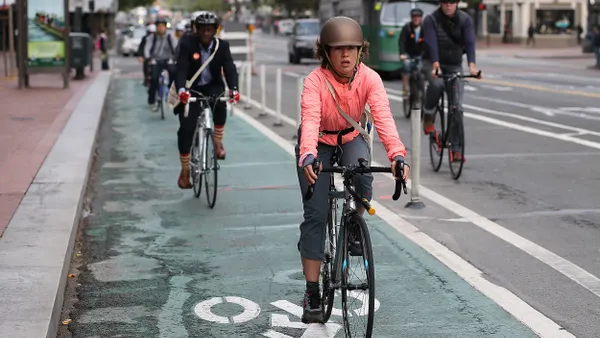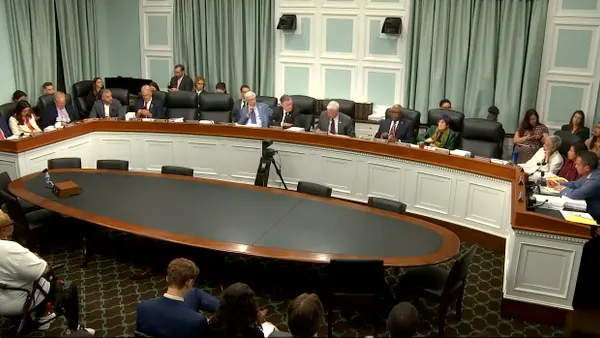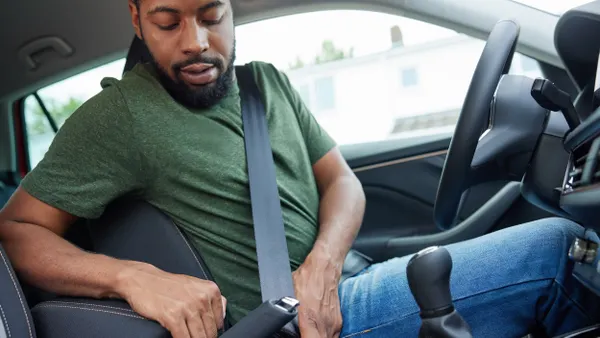Editor's Note: The following is a guest post from Sasha Sud, director of smart cities at MaRS Discovery District in Toronto.
The COVID-19 pandemic and its related stay-at-home orders have given society a taste of life without traffic, smog or typical levels of emissions. However, the combination of ultra-low oil prices and uncertainty around safe use of public transit mean traffic and emissions will rise again the moment economic activity resumes, and people will immediately encounter an old foe: gridlock.
Flashback for a moment to life in January when roads were filled with public buses, ride-shares, taxis, trucks, cars and bikes – especially during rush hour. Cars approaching cities from Los Angeles to Shanghai could barely make out skyscrapers lining their horizons. Flash forward to right now when honks are few and far between. Smog has cleared. Sirens have sadly filled in traffic sound gaps. Public transportation and highways now mostly ferry essential workers to and from essential workplaces.
What happens in the future when long-distance travel becomes a safe option again, enabling people to move freely between locations?
Even before ride-hailing apps entered the mobility landscape and began contributing to gridlock and harmful environmental conditions, car-friendly infrastructure was already reaching its limits. Bike lanes were contested real estate. Taxis were circling blocks and taking up road space between fares. Bridges, tunnels and streets were in need of major repairs or upgrades.
The good news is that we already have the infrastructure, technology and tools we need to tackle the problem. We just have to use this moment to step back and do things differently. Civic and industry leaders, in particular, are in a unique position to rethink how to address gridlock and other negative impacts of over-stressed infrastructure, as well as limit massive automobile emissions.
As the pandemic rolls on, governments everywhere are devising ways to restart their economies and send people back to work. Meanwhile, people are preparing to flock to freeways, backroads and main streets as soon as it’s possible.
Cities and municipalities have an fleeting opportunity to update, fix, retrofit and outfit civil infrastructure. Innovation in these areas should prioritize enlisting data-informed technologies, like artificial intelligence and predictive analytics, to help move traffic and people more safely and efficiently when they return to the streets.
Despite the pandemic, there is sustained movement in areas around the world toward addressing local traffic issues, public transit shortfalls and aging infrastructure — albeit in unprecedented conditions. We’re already seeing the expansion and construction of bike lanes and pedestrian paths to alleviate environmentally harmful gridlock in cities from Bogotá, Colombia to Budapest, Hungary.
In the United States, Congress allocated $25 billion through an economic stimulus bill to help the nation’s public transit agencies keep the lights on, make immediate-term improvements to technical systems and address swift infrastructure fixes. Some cities, like Los Angeles where traffic has plummeted 60%, are using this time of social distancing to move forward with massive infrastructure projects that will service packed metropolitan areas known for high traffic patterns and commercial activity.
Whether or not communities reopen simultaneously, or in phases, the flow of traffic will intensify further as shops, restaurants, bars and venues slowly begin to welcome patrons back to their interiors around the globe. An explosion of vehicles returning to motorways will also bring environmentally harmful conditions; we will undoubtedly see newly visible skylines disappear quickly.
Technology is often right in front of us, waiting for the right mainstream use case to appear. The pandemic has resulted in people quickly adapting to use technology platforms and video conferencing tools for remote work. In that same spirit, we can get smarter about using innovation to solve gridlock and emissions problems — here in North America and around the world. We can also embrace this moment to get a lot smarter about public transit, civil infrastructure, traffic flows and the use of dedicated lanes before rush hour returns.









